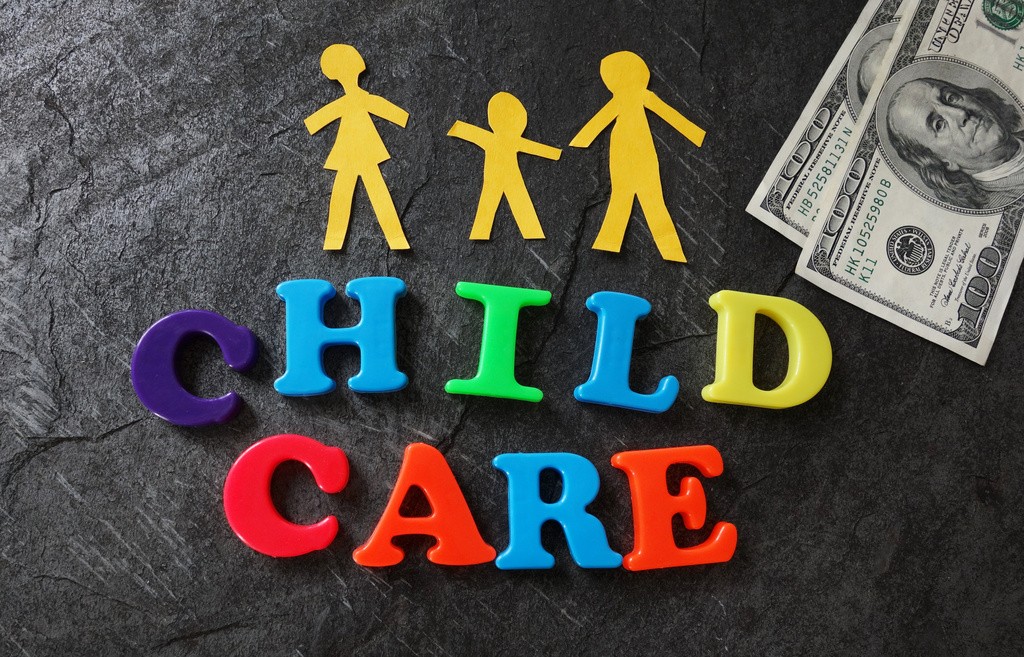Child and Dependent Care Expenses Credit

Contents
The child and dependent care expenses credit is a great way to boost your tax refund or reduce the amount of taxes owed significantly, depending on how much you’ve paid in taxes already.
This tax credit is different from the child tax credit, which most taxpayers are eligible for as long as they have a qualifying child and meet the income requirements. It’s vital to differentiate how the child and dependent care expenses credit work from the child tax credit.
Firstly, you claim this tax credit for the expenses you’ve had for caring for a child or a dependent. If you don’t have expenses related to caring for a child or a dependent, you can’t claim this credit. With that said, here are the other details about the child and dependent care expenses credit, eligibility requirements, how to claim, and more.
Who is eligible for the child and dependent care expenses credit?
This credit is available to taxpayers that had expenses for caring for a dependent. What this means is you’ve paid someone to provide care for your child or dependent. However, there are requirements on whom you’ve paid for care. The below list shows the credit conditions on who can and cannot provide the care.
Can’t claim the credit if the care was given by:
- your spouse
- ex-spouse
- a dependent claimed on your federal income tax return
- your child under 18 years of age
Can claim the credit if the care was given by:
- a daycare provider
- nanny
- an organization/institution that provides care
The bottom line is you must’ve paid to a qualifying person or institution to claim this credit. Think of it this way: you work from 9 to 5, and while you’re at work, you drop your child at the daycare. The daycare expenses, in this case, are qualifying expenses. The same also goes for hiring a nanny.
Additional requirements on taxpayers

Just because you’ve paid the right person doesn’t automatically qualify you for the child and dependent care expenses credit. You and your spouse must meet other requirements if filing a joint return. Additional requirements for the child and dependent care expenses credit are as follows.
- You and your spouse must have earned income, meaning that you received income from W-9 or 1099s. However, unearned income like rental property gains, investment profits, etc., don’t count.
- The reason for care must be related to work. Paying for care expenses without a connection to work doesn’t qualify you for the credit. That said, you had care expenses so that you could work. Additionally, you can claim the credit if you were actively looking for a job, but other cases, such as being a student, don’t count.
Lastly, you must include the Social Security Number of the person that provided the care for your child or dependent. If it was an institution, like a daycare provider, enter their Employer Identification Number in that case.
Calculating the credit amount
There have been notable changes to the child and dependent care expenses credit, just like the child tax credit. The American Rescue Plan increased some of the figures, allowing you to claim a higher credit amount.
For the 2024 taxes – you are expected to file a tax return in 2025 – the limit of the qualifying expenses is $8,000 per person, so married couples filing a joint return get $16,000. The proportion of the amount to the credit is 50 percent. This is how you figure out the child and dependent care expenses and note that the credit is refundable.
How to claim the child and dependent care expenses credit?
To claim this credit, you’ll need to file its tax form – Form 2441. The Internal Revenue Service allows this tax form to be filed electronically through tax preparation services. If you’re planning on preparing a paper tax return, you’ll need to fill out the details and attach it to your 1040.
You can get Form 2441’s online fillable version below, where you can prepare a copy on your computer and print out a paper copy afterward. The completed copy can also be saved as a PDF file for your digital records.
Additionally, browse the other tax forms – entirely free of charge – with the same function on our IRS Forms section.





